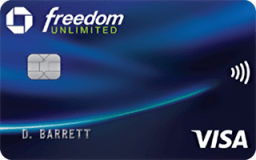Both the Capital One Quicksilver Cash Rewards Credit Card and the Wells Fargo Reflect® Card stand out for their generous introductory APR periods and absence of annual fees. If you're drawn to earning on every purchase, the Quicksilver is the superior choice with its unlimited 1.5% cash back.
However, if your priority is to minimize interest on purchases or balance transfers for an extended period, the Wells Fargo Reflect edges out with its 21-month 0% intro APR offer. Although the Quicksilver card requires excellent credit, it's worth noting for its cash rewards and low spending threshold for its welcome bonus. Neither card is limited to a specific retailer, ensuring flexibility in use.














